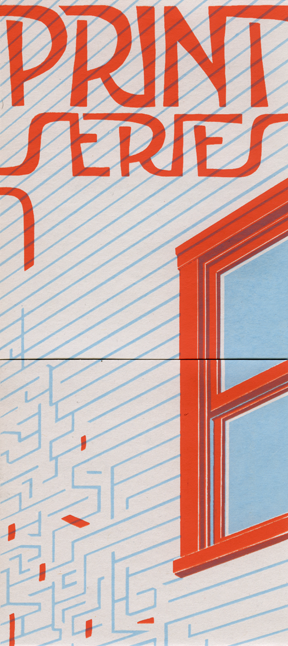
six patterns for everyday spaces
Right now, I am in the middle of making a set of six silkscreen prints about the architecture of everyday spaces: the organization, dimension, and structure of the ordinary places where we live. This printing/architecture project is supported by subscriptions: subscribers receive six large-scale prints over the course of what was originally supposed to be a year.
I started this project in January of 2007. The first print was finished at the end of August 2007, about six months behind schedule. So — as might have been expected — everything is late, my revised timeframe for finishing the whole series is by October of 2008. The response so far from the subscribers is that the extreme lateness is well offset by the complexity and & awesomeness of the print itself...
The 120 subscriptions are almost sold out. If you are interested in subscribing, please contact me.
>> current updates on the print series work
>> images of the first print in progress
the original descriptions of what the six prints are about, as written in December 2006:
(these are always developing, as I work, draw, read, experience, discuss, and figure stuff out.)
* In the process of working on the first print, through conversations and observation, I realized that there is (of course!) a purpose for horizontally oriented windows. Windows for spaces that are more public (living rooms, storefronts, etc) are longer horizontally... while windows for more private spaces are taller vertically.